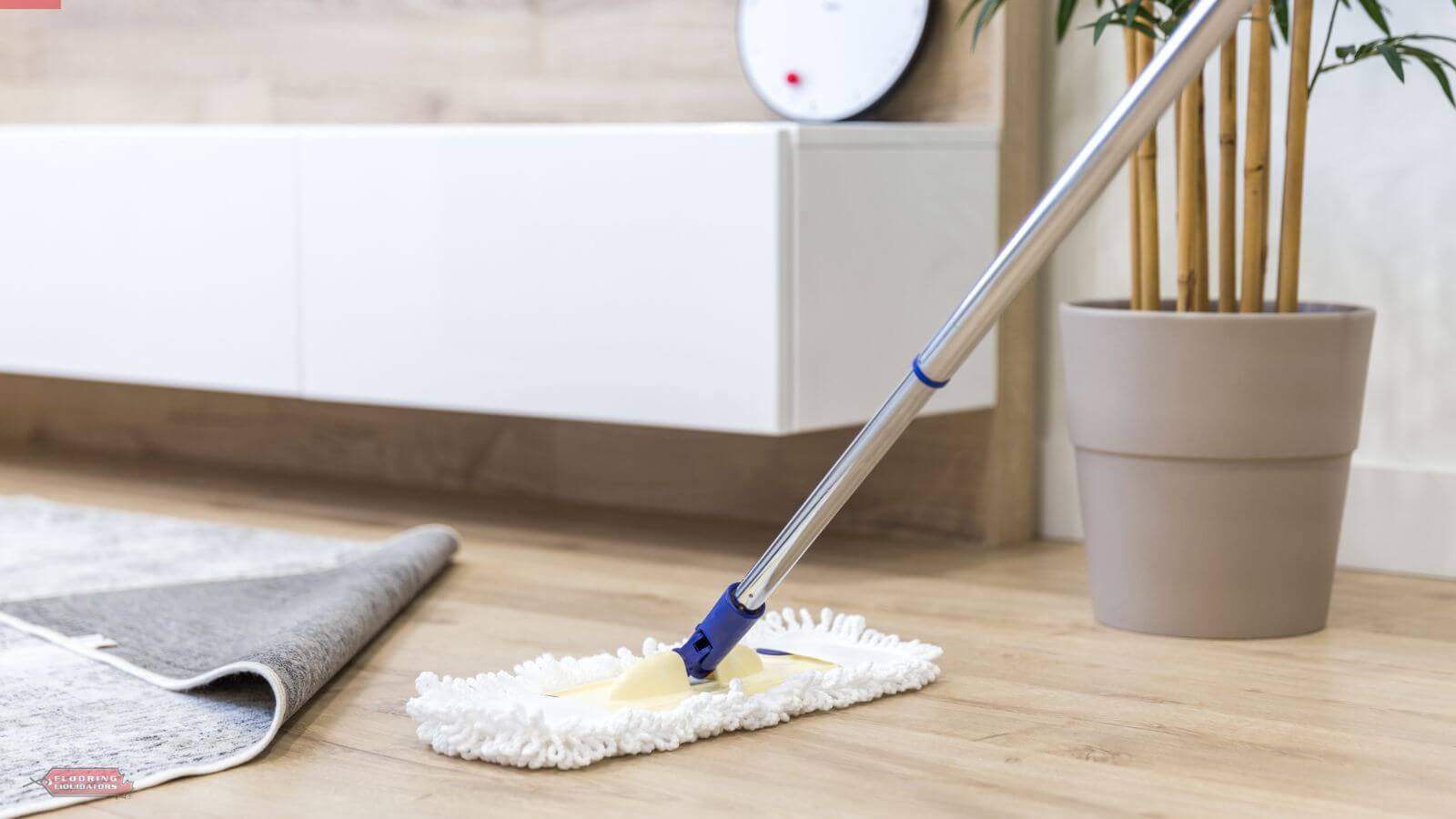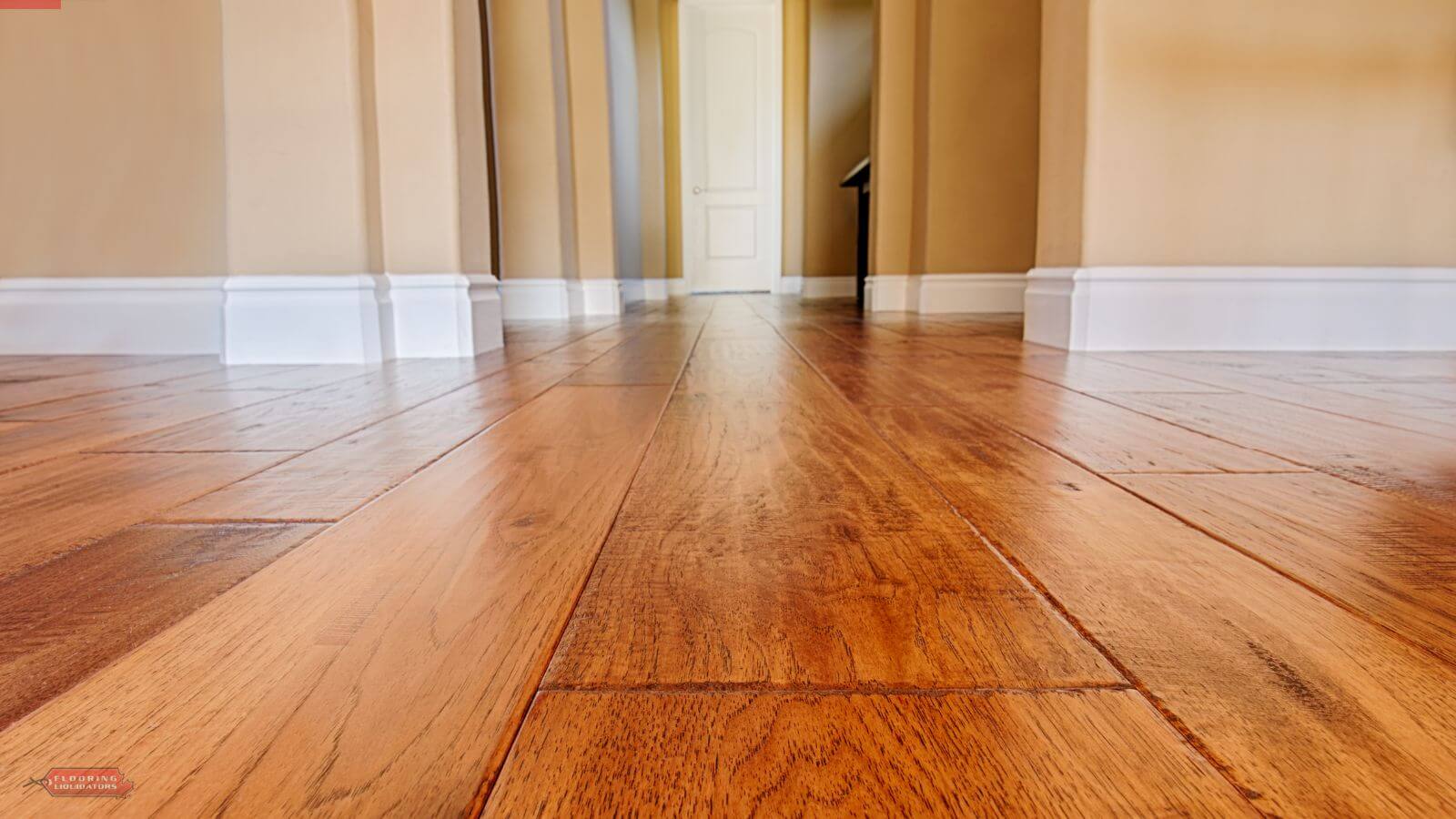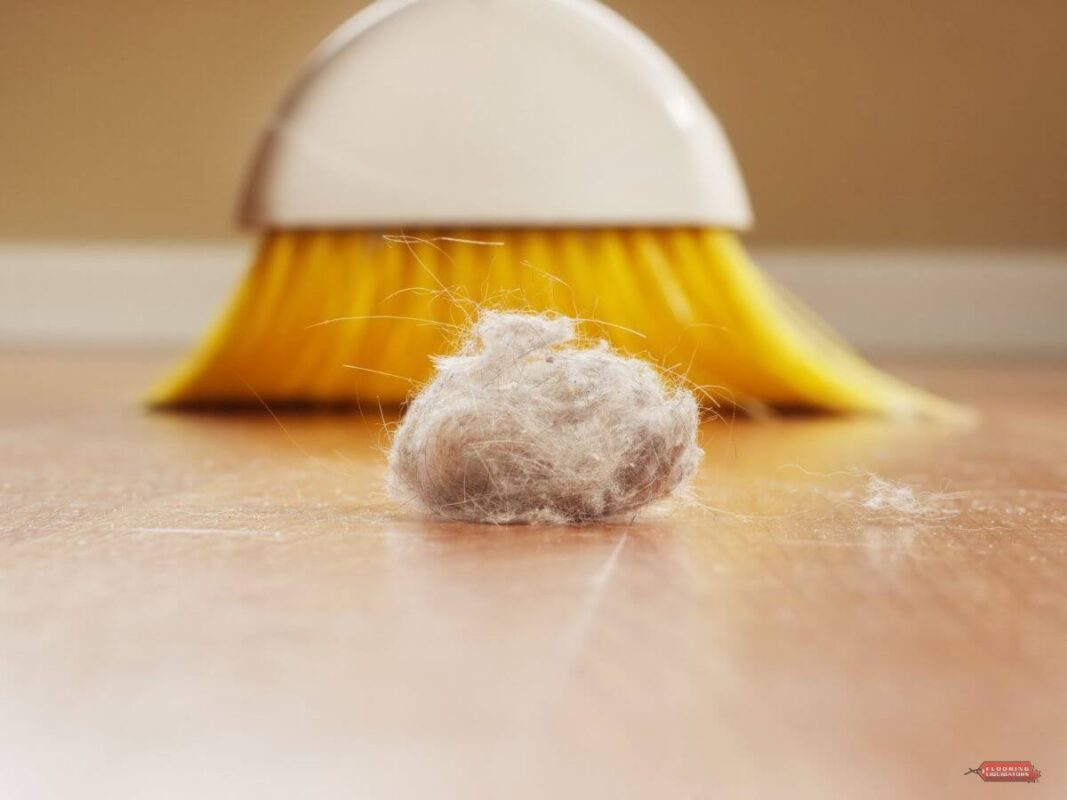Flooring Tips
Flooring for Allergies: Choosing Hypoallergenic Options for a Healthy Home
If you or a family member suffer from allergies, you know how important it is to keep your home environment as allergen-free as possible. One aspect that often gets overlooked is flooring, which can harbor a range of allergens and affect indoor air quality.
Choosing hypoallergenic flooring is an excellent solution for promoting a healthy home and reducing the risk of allergens. In this blog, we will explore why hypoallergenic flooring is essential for maintaining a clean and safe living space and guide you through the best options available in the market.
Understanding Allergies and Indoor Air Quality
Indoor air quality is crucial for maintaining a healthy and allergy-free home. Allergens such as dust mites, pet dander, and pollen can accumulate in the air and trigger allergies or asthma. Symptoms can range from mild to severe, affecting people of all ages. It is essential to understand the relationship between indoor air quality and allergies to prevent allergens from circulating in your home.
Allergies occur when the immune system reacts to foreign substances like pollen, dust, or animal hair. The body mistakenly identifies these substances as harmful and responds with an allergic reaction, releasing chemicals like histamine. Symptoms of allergies can vary from person to person and range from mild to severe. They can include runny nose, sneezing, itching, and more severe reactions like difficulty breathing and anaphylaxis.
You can manage allergy symptoms by reducing exposure to allergens, including those found in indoor air. Improving indoor air quality by using hypoallergenic flooring and other measures can help reduce the risk of allergic reactions and improve overall health.
Common Allergens in Flooring
Understanding the common allergens found in flooring materials is crucial for creating an allergy-friendly home environment. Here are some of the common allergens found in flooring:
- Dust Mites
- Pollen
- Mold
In addition to the above allergens, pet hair and dander can also be a trigger for allergies and asthma. These allergens can accumulate in carpets and rugs, leading to respiratory problems and allergic reactions.
To reduce exposure to these allergens and ensure a healthier home environment, choosing hypoallergenic flooring options is critical. Hypoallergenic flooring is designed to minimize allergen accumulation and is easy to clean, making it an ideal choice for those with allergies and respiratory problems.

What Makes Flooring Hypoallergenic?
For flooring to be considered hypoallergenic, it must meet certain criteria that make it suitable for allergy-prone individuals. Here are some key characteristics and features that contribute to making a flooring option hypoallergenic:
- Hardwood: Smooth surface that doesn’t trap allergens; can be cleaned easily
- Tile or Laminate: Non-porous, which prevents the growth of bacteria and mold
- Vinyl: Resistant to moisture and mildew; can be easily cleaned
- Carpet: Hypoallergenic fibers that resist dust and allergens; antimicrobial treatments to prevent growth of bacteria and mold
In addition to the material, the finish and installation methods are also essential in making flooring hypoallergenic. Sealed finishes help prevent allergens from getting trapped in the flooring, while proper installation helps eliminate the likelihood of any gaps or crevices that could harbor dirt and debris.
Overall, hypoallergenic flooring is a smart choice for anyone looking to maintain a clean and allergy-friendly home environment.
Benefits of Hypoallergenic Flooring
Investing in hypoallergenic flooring can provide numerous benefits for your home, such as:
- Improved indoor air quality: Hypoallergenic flooring materials are designed to reduce the presence of dust, mold, and pet dander, which can trigger allergies and respiratory problems.
- Allergy-friendly environment: With hypoallergenic flooring, you can create a safe and healthy living space for allergy-prone individuals, ensuring their comfort and well-being.
- Easy maintenance: Certain hypoallergenic flooring types, such as vinyl and tile, are easy to clean and maintain, allowing you to keep your floors looking new and fresh with minimal effort.
- Long-lasting durability: Hypoallergenic flooring materials are often built to withstand wear and tear, making them a sound investment for the longevity of your home.
- Visually appealing design: From hardwood to carpet, hypoallergenic flooring comes in a variety of styles and finishes that can enhance the look and feel of your home, while supporting your health and well-being.
Incorporating hypoallergenic flooring into your home can make a significant difference in the quality of air you breathe, the comfort of your surroundings, and the overall maintenance of your living space. Consider the benefits of hypoallergenic flooring today for a healthier and happier home.

Considerations for Choosing Hypoallergenic Flooring
When selecting hypoallergenic flooring, there are several factors to consider that can help you make an informed decision based on your specific needs and preferences. Below are some essential considerations:
Durability
Durable flooring can withstand wear and tear and last longer, making it a cost-effective and sustainable option. Consider the quality of the materials and finishes to ensure the flooring can withstand heavy foot traffic and regular use over time.
Installation
Professional installation may be necessary for some types of hypoallergenic flooring, such as hardwood, to ensure correct installation and lasting results.
Aesthetics
The appearance and style of the flooring should complement your home’s interior design and personal preferences. Consider textures, patterns, and colours that suit your taste and blend seamlessly with your décor.
Cleanability
Easy-to-clean hypoallergenic flooring can save you time and effort in maintenance. Consider how easy it is to clean and maintain the flooring to avoid the accumulation of allergens and other pollutants with regular use.
Cost
The cost of hypoallergenic flooring can vary depending on the type, quality, and installation method. Determine your budget and compare the prices of different options to ensure a cost-effective choice.
By taking these factors into consideration, you can choose hypoallergenic flooring that offers the best benefits for a clean, healthy, and allergy-free home environment.
Maintenance and Care Tips for Hypoallergenic Flooring
Keeping your hypoallergenic flooring in top condition is crucial for maintaining a healthy and allergy-friendly home environment. Regular maintenance and cleaning can prevent allergens from accumulating on your floors and improve indoor air quality.
Cleaning Tips
Here are some cleaning tips to help you care for your hypoallergenic flooring:
- Sweep or vacuum floors daily to remove dirt and debris
- Use a damp mop with warm water and mild soap to clean floors
- Avoid harsh chemicals or abrasive cleaning solutions that can damage the flooring
- Wipe up spills immediately to prevent staining
- Place mats or rugs at entryways to trap dirt and dust before it enters your home
Prevention Tips
Preventing allergens from accumulating on your flooring is just as crucial as cleaning them regularly. Here are some prevention tips:
- Use doormats at all entryways to prevent the spread of outdoor allergens
- Remove shoes when entering your home to prevent tracking in dirt and debris
- Trim pets’ nails to prevent scratches and reduce the spread of pet dander
- Wash bedding and toys frequently to reduce the spread of dust mites
- Use a dehumidifier to reduce moisture levels and prevent mold and mildew growth
By choosing hypoallergenic flooring, homeowners can create homes that are healthier, safer, and more comfortable for themselves and their families. Consider the various hypoallergenic flooring options available and take the necessary steps to promote a healthy and allergy-free home.


